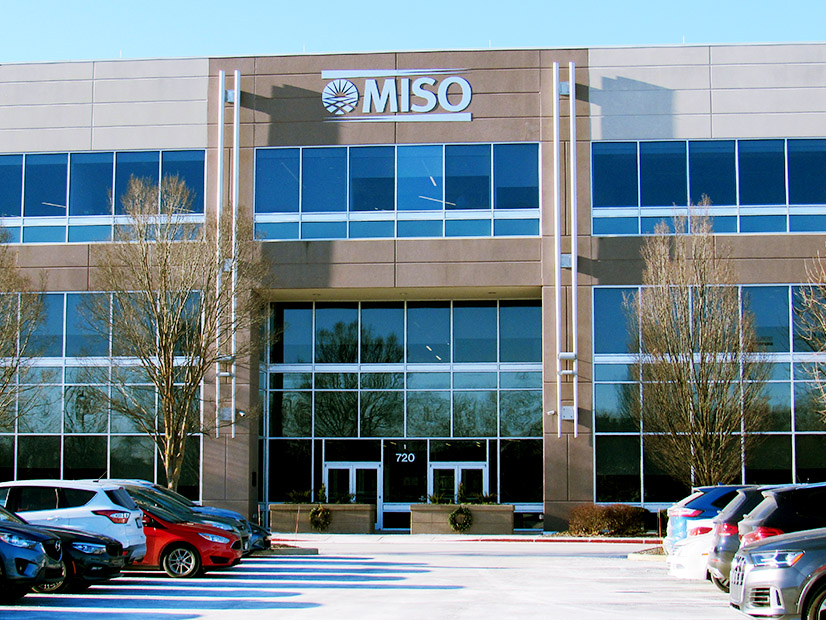MISO members have reopened the suggestion that the grid operator enact resilience criteria within its footprint, saying it has a role to play in preparing to withstand and recover from high-impact, low-probability events that wreak havoc on the system.
During an Advisory Committee teleconference Wednesday, several members said MISO could address resilience through projects that harden and build redundancy into the system, resource diversity and operational protocols. They said the RTO’s long-range transmission planning will reinforce the system, but it could do more in bolstering interregional links, which have proven invaluable during extreme weather events.
ITC Holding’s Brian Drumm said staff could establish minimum intraregional and interregional transfer levels.
“How do we know we’re resilient now if we don’t have metrics?” the Lignite Energy Council’s Jonathan Fortner asked, advocating for defined measures of adequate transmission capability and available generation.
The Union of Concerned Scientists’ Sam Gomberg said MISO “should be on the forefront” of partnering with national laboratories and agencies to understand evolving risks of climate change. He said the grid operator’s “blind spot” is that it doesn’t proactively analyze and plan for future risks “that the science is telling us are going to become numerous.”
Gomberg said MISO might define when heat waves and winter storms cross an “extreme” threshold. He said “smart, low-cost solutions or behaviors” could lower risks and that MISO, states and load-serving entities have a “huge opportunity” to save lives and lessen disruptive events’ economic devastation.
WEC Energy Group’s Chris Plante said the conversation was reminiscent of one the Advisory Committee held four years ago. He said continued attention on the topic without sets of criteria means that it is difficult to pin down resilience objectives.




